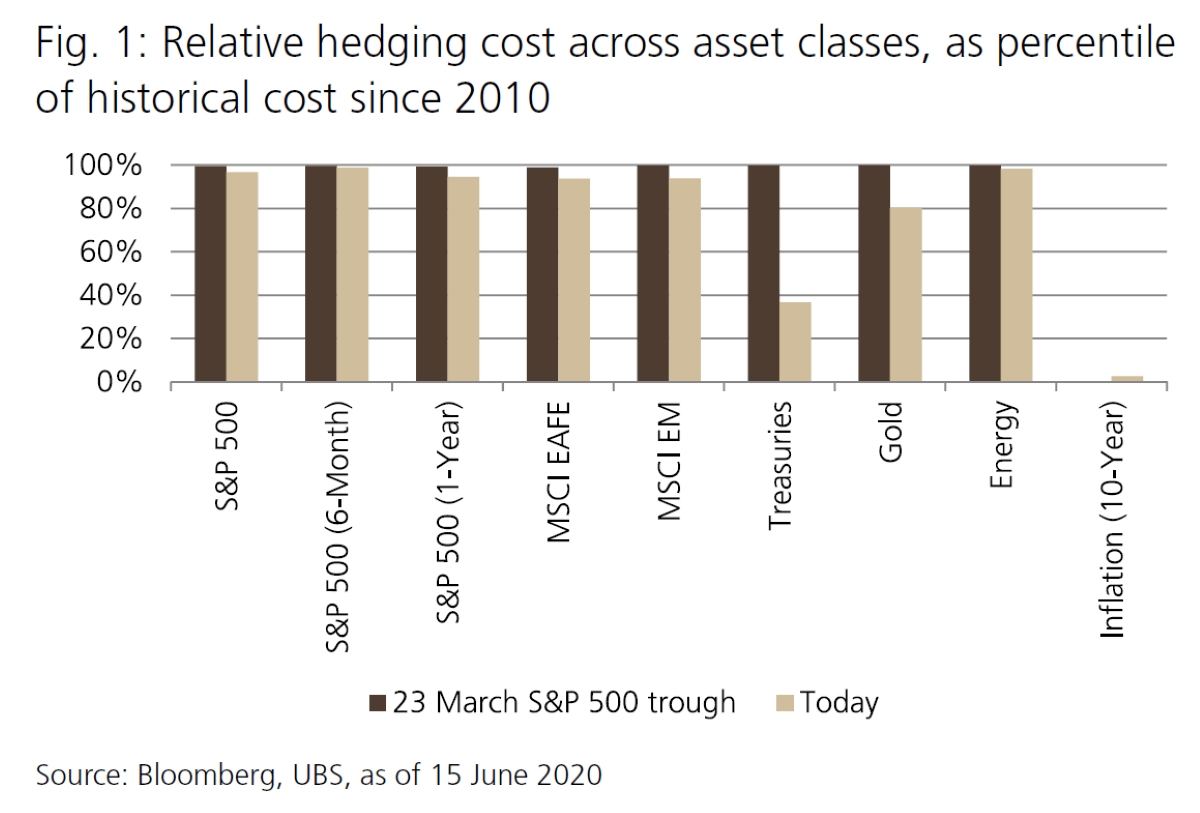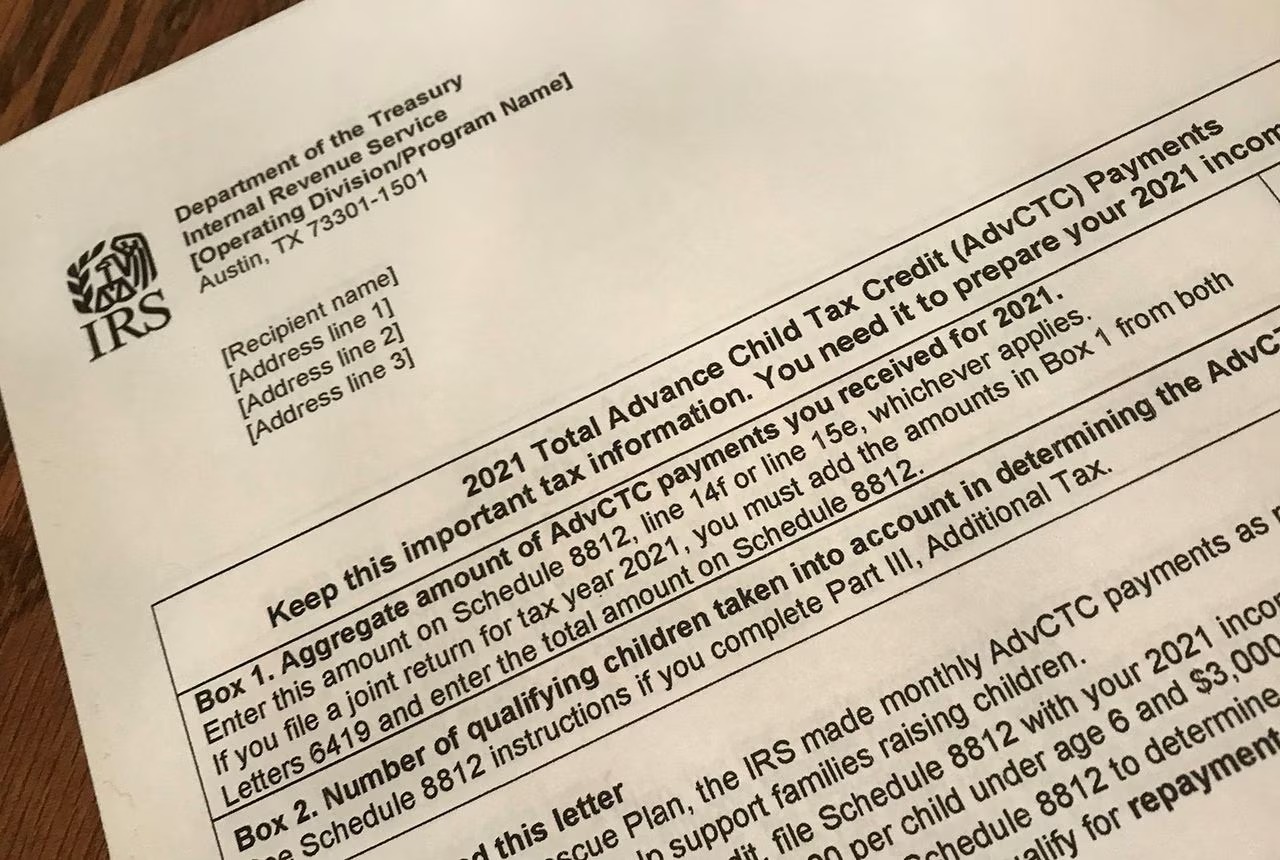Home>Finance>Cheapest To Deliver (CTD): Definition And Calculation Formula


Finance
Cheapest To Deliver (CTD): Definition And Calculation Formula
Published: October 26, 2023
Learn about the cheapest to deliver (CTD) concept in finance, including its definition and calculation formula. Master the fundamentals of CTD in this comprehensive guide.
(Many of the links in this article redirect to a specific reviewed product. Your purchase of these products through affiliate links helps to generate commission for LiveWell, at no extra cost. Learn more)
Understanding Cheapest to Deliver (CTD)
Have you ever wondered what Cheapest to Deliver (CTD) means in the world of finance? If you’re familiar with bond trading or have an interest in the fixed-income market, then you’ve likely come across this term before. In this article, we’ll break down the definition of Cheapest to Deliver and explain the calculation formula behind it.
Key Takeaways:
- Cheapest to Deliver (CTD) is a term used in bond trading to identify the most cost-effective bond that can be delivered to fulfill a futures contract.
- The CTD calculation formula takes into account several factors, including yield, duration, and the price differential between bonds.
Definition of Cheapest to Deliver
When it comes to bond futures, a Cheapest to Deliver (CTD) represents the specific bond that is the most desirable for delivery against a futures contract. The CTD bond is chosen based on its relative cost-effectiveness among a selection of eligible bonds.
In the context of bond futures, a futures contract represents an agreement between two parties to buy or sell a specific bond (the underlying asset) at a predetermined price and date in the future. The CTD bond is used to fulfill this contractual obligation.
The CTD bond is selected by considering various factors such as yield, duration, and the price differential between different bonds.
Calculation Formula for Cheapest to Deliver
The calculation formula for Cheapest to Deliver takes into account several key indicators to identify the most cost-effective bond for delivery. Here’s a breakdown of the formula:
- Calculate the implied repo rate for each bond in the basket. This is done by comparing the difference in the bond’s yield and the cost of financing the position in the cash market.
- Next, calculate the accrued interest for each bond. This represents the interest that has accumulated on the bond since its last coupon payment.
- Calculate the conversion factor for each bond, which determines how many bond futures contracts are required to deliver a single bond.
- Finally, calculate the Cheapest to Deliver by comparing the overall cost of each bond, including the implied repo rate, accrued interest, and conversion factor. The bond with the lowest overall cost is deemed the CTD bond.
By following this formula, traders and market participants can identify the most cost-effective bond to deliver against a futures contract, optimizing their trading strategies and minimizing their costs.
Conclusion
Understanding the concept of Cheapest to Deliver (CTD) is essential for anyone involved in bond trading and futures markets. By analyzing various factors such as yield, duration, and the price differential between bonds, market participants can determine the most cost-effective bond to deliver against a futures contract.
Next time you come across the term Cheapest to Deliver, remember that it refers to the most cost-effective bond that can be delivered to fulfill a futures contract. By using the CTD calculation formula, traders can make informed decisions and optimize their trading strategies.














